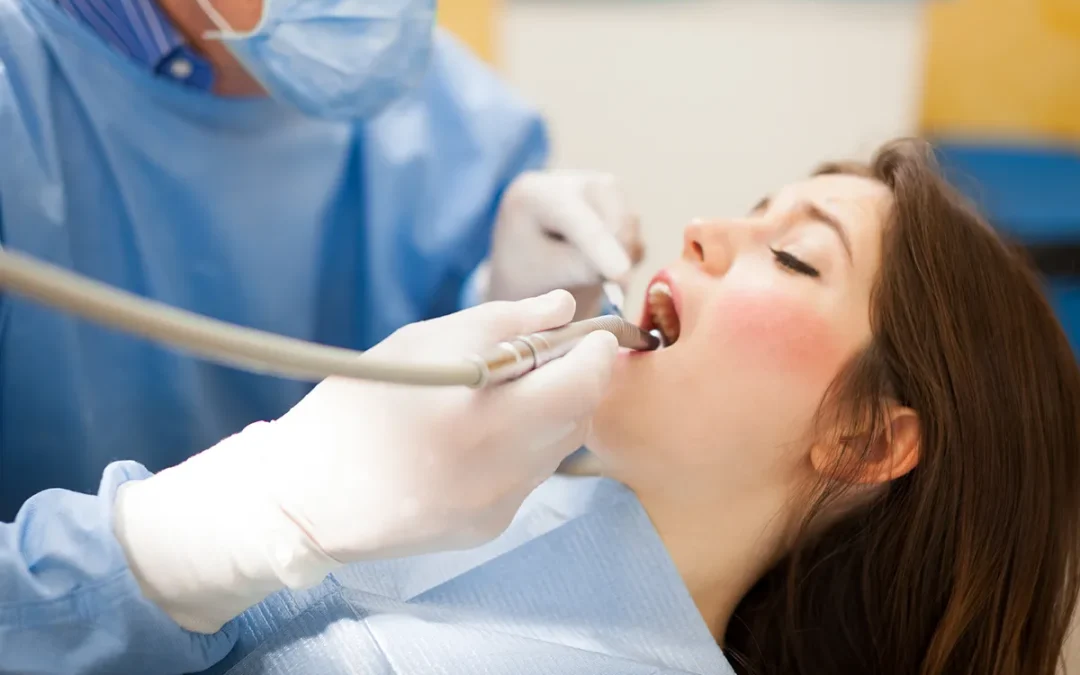Your guide to a successful wisdom tooth extraction
Did you know that the final set of teeth to arrive in your mouth could be the most troublesome? Wisdom teeth, or third molars, typically make their grand entrance between the ages of 17 and 25—and for many, this arrival isn’t exactly a welcome one. These late bloomers can cause discomfort, crowding, and even serious dental issues like infections. When these molars turn from “wise” to “worrisome,” wisdom tooth extraction often becomes the best solution.
Read on to discover essential things you need to know about these notorious teeth and the journey to a healthier, pain-free smile.
What are wisdom teeth?
Wisdom teeth are the last set of molars to develop, located at the very back of the mouth—two on the top and two on the bottom. They are nicknamed “wisdom teeth” because they emerge during the late teen years or early twenties, a stage traditionally associated with gaining maturity and wisdom.
For our ancestors, wisdom teeth played a crucial role in chewing and grinding tough, unprocessed foods like roots, meats, and nuts. However, modern diets are much softer, and human jaws have gradually evolved to be smaller. Because of this reduced jaw space, wisdom teeth often don’t have enough room to emerge properly. This lack of space can lead to the teeth becoming impacted (trapped beneath the gums) or growing in at awkward angles, causing discomfort and a range of dental problems.
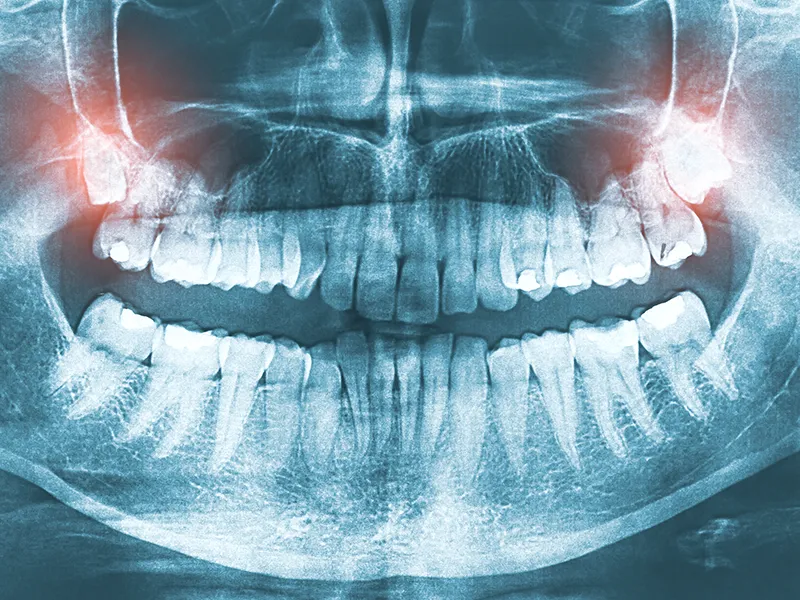
Common problems with wisdom teeth
Wisdom teeth can lead to a variety of complications, especially when they don’t have enough room to grow in properly. Here are some of the most common issues:
Impaction: When wisdom teeth lack the space to fully emerge, they may become impacted by growing at an angle, getting trapped under the gum line, or pressing against adjacent teeth. Impacted wisdom teeth can cause pain, swelling, and damage to neighbouring teeth.
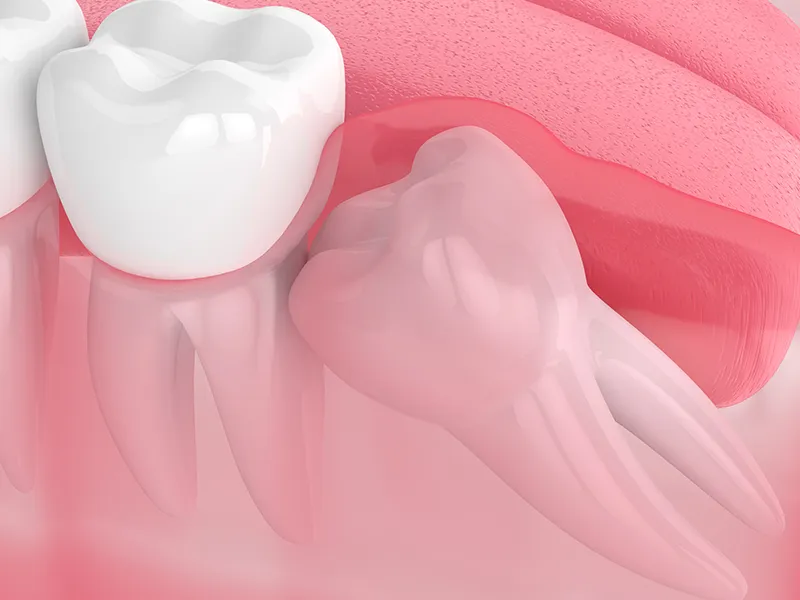
Overcrowding: A small jaw may not accommodate the arrival of wisdom teeth, causing them to push other teeth out of alignment. This can disrupt your overall dental structure and even undo the results of orthodontic treatments.
Tooth decay: Because wisdom teeth are located at the very back of the mouth, they are difficult to clean effectively. This makes them more vulnerable to plaque buildup, cavities, and decay.
Infection: Partially erupted wisdom teeth can create small pockets in the gums where bacteria thrive. This can lead to infections, causing swelling, pain, bad breath, and in severe cases, abscesses.
Cysts or tumours: In rare cases, impacted wisdom teeth can lead to the development of cysts or benign tumours. These growths can damage the jawbone, nerves, and surrounding teeth, requiring more extensive treatment.
Addressing these issues early with the help of your dentist can prevent more serious complications and ensure your oral health stays on track.
When should wisdom teeth be extracted?
Wisdom tooth extraction is often recommended to prevent or resolve complications. Your dentist or oral surgeon may suggest extraction if you experience any of the following:
Persistent pain or discomfort: Ongoing pain in the back of your mouth may indicate issues with your wisdom teeth.
Signs of infection: Symptoms like swelling, redness, pus, or a bad taste in your mouth could signal an infection around a wisdom tooth.
Gum disease: Gum inflammation or pockets developing near the wisdom teeth may lead to gum disease.
Damage to neighbouring teeth: Wisdom teeth that press against adjacent teeth can cause damage, misalignment, or decay.
Cysts or tumours: In rare cases, impacted wisdom teeth can form cysts or benign tumours, which may damage the jawbone or nearby teeth.
Sometimes, dentists recommend extracting wisdom teeth before problems arise. Preventive removal is common when X-rays reveal that the teeth are likely to cause future issues, such as impaction, misalignment, or damage to other teeth. Early extraction can often prevent pain, infection, and more complicated dental procedures down the road.
Wisdom tooth extraction procedure
Wisdom tooth extraction is a routine dental procedure designed to alleviate pain and prevent complications. Here’s a step-by-step guide to what you can expect:
Wisdom tooth extraction procedure
Wisdom tooth extraction is a routine dental procedure designed to alleviate pain and prevent complications. Here’s a step-by-step guide to what you can expect:
1. Consultation and diagnosis: Your dentist or oral surgeon will thoroughly examine your mouth and take X-rays to evaluate the position, size, and condition of your wisdom teeth. This helps determine the best approach for extraction and whether any complications are likely.
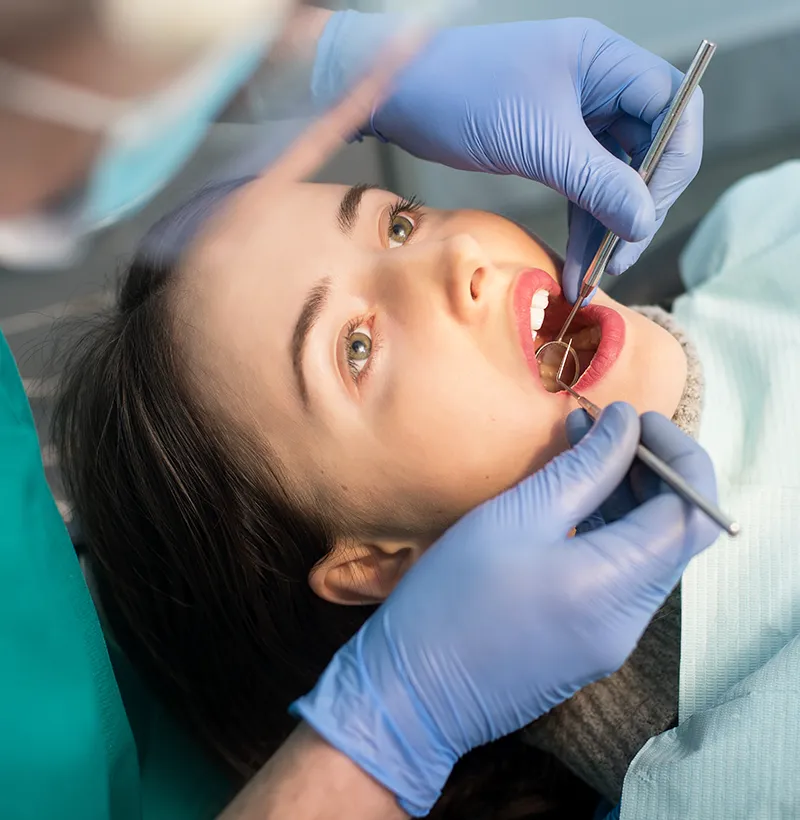
2. Anaesthesia: To ensure comfort, you’ll receive an appropriate form of anaesthesia based on the complexity of the extraction and your personal preference. Options include:
- Local anaesthesia: Numbs the area around the tooth. You’ll remain awake but won’t feel pain.
- Sedation anaesthesia: Helps you feel relaxed and drowsy while also numbing the area.
- General anaesthesia: Puts you to sleep during the procedure, ideal for more complex cases or if you’re particularly anxious.
3. Extraction
- The dentist will make a small incision in the gum tissue to reveal the tooth.
- If necessary, a small amount of bone blocking the tooth’s root may be removed.
- For easier extraction, the tooth may be divided into smaller sections and removed piece by piece.
4. Closing the site: After the tooth is extracted, the area is cleaned to remove any debris. Stitches (often dissolvable) may be used to close the incision and promote healing.
5. Recovery and aftercare: If you received sedation or general anesthesia, you’ll rest in a recovery room until the effects wear off. Your dental team will provide post-operative care instructions to ensure a smooth recovery.
What to expect during recovery
Recovery from wisdom tooth extraction typically takes a few days to a week, depending on the complexity of the procedure. Here are essential tips and expectations to help ensure a smooth and comfortable healing process:
What to expect during recovery
Recovery from wisdom tooth extraction typically takes a few days to a week, depending on the complexity of the procedure. Here are essential tips and expectations to help ensure a smooth and comfortable healing process:
Pain management: Some pain, swelling, and discomfort are normal after the procedure. Your dentist may prescribe pain medication or suggest over-the-counter pain relievers like ibuprofen or acetaminophen. Take them as directed to stay comfortable.
Bleeding control: Light bleeding is common during the first 24 hours. Bite gently on gauze pads to control bleeding, replacing them as needed. Avoid vigorous rinsing, as it can dislodge the blood clot.
Swelling and bruising: Swelling around the jaw and cheeks is expected and may peak within 48 hours. Applying an ice pack in 20-minute intervals can help reduce swelling. Bruising may also occur but typically fades within a few days.
Dietary guidelines: Stick to soft foods like yogurt, smoothies, soup, mashed potatoes, or scrambled eggs. Avoid hot, spicy, crunchy, or chewy foods that could irritate the extraction site or disrupt healing.
Oral hygiene: After the first 24 hours, gently rinse your mouth with warm salt water several times daily to keep the area clean and reduce the risk of infection. Avoid brushing near the extraction site for the first few days.
Rest and activity: Rest is key to a smooth recovery. Avoid strenuous activities, exercise, or heavy lifting for at least 48 hours to prevent complications and promote healing.
Follow-up care: Attend all follow-up appointments so your dentist can monitor healing and remove any stitches if needed. Contact your dentist if you experience excessive bleeding, severe pain, or signs of infection like fever or pus.
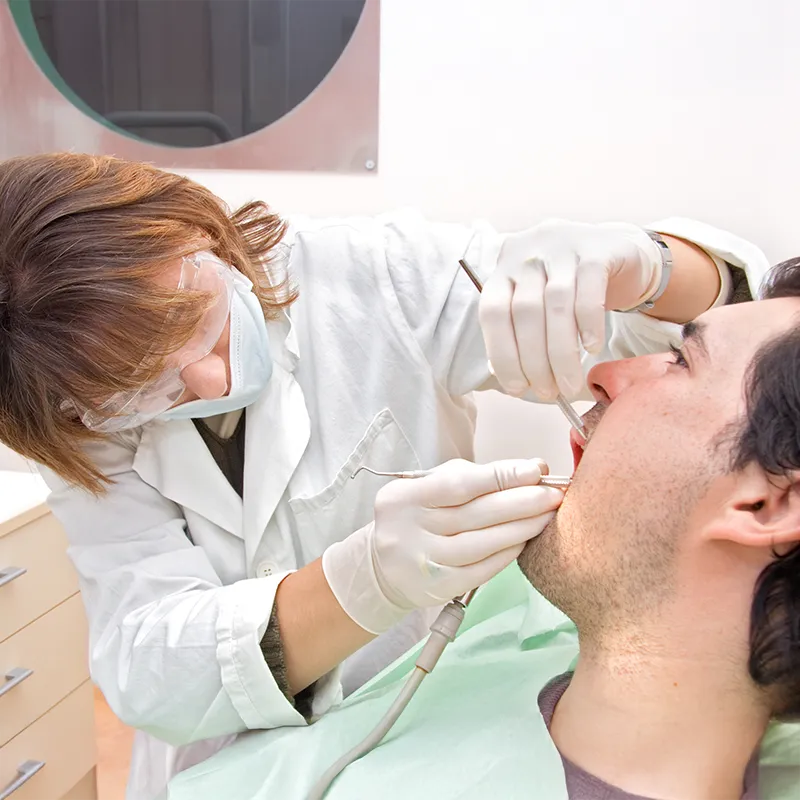
Potential complications
While wisdom tooth extractions are generally safe, it’s important to be aware of potential complications. Knowing the signs can help you take quick action if needed:
Potential complications
While wisdom tooth extractions are generally safe, it’s important to be aware of potential complications. Knowing the signs can help you take quick action if needed:
- Dry socket: This occurs when the blood clot protecting the extraction site becomes dislodged or dissolves too soon, exposing the underlying bone. It can cause intense, throbbing pain and delay healing. Avoid smoking, using straws, or vigorous rinsing to reduce the risk.
- Infection: Signs of infection include fever, increasing swelling, persistent pain, or foul-smelling discharge from the extraction site. Maintaining good oral hygiene and following post-operative care instructions can help prevent this.
- Nerve damage: In rare cases, nearby nerves can be irritated or damaged during extraction, causing temporary or permanent numbness, tingling, or altered sensation in the lips, tongue, or chin.
If you notice any unusual symptoms or persistent discomfort, contact your dentist promptly to ensure proper care and avoid further complications.
Say goodbye to wisdom tooth woes
Wisdom tooth extraction is a common and often necessary procedure to safeguard your oral health and prevent future complications. By understanding the process and potential risks, you can make informed decisions about your treatment.
Remember, your oral health journey is ongoing. Explore our blog for more valuable insights, expert advice, and practical tips to maintain a healthy, happy smile. We’re here to support you every step of the way.

About the author
Dr. Linda Chen is a highly experienced Dental Surgeon at TC Dental Group. She has dedicated herself to providing exceptional dental care to the residents of Eight Mile Plains and surrounding areas. Dr. Linda’s extensive experience ensures that you and your family receive personalised and compassionate care. With her expertise, you can trust that your oral health is in the best possible hands, and you can confidently achieve your dream smile.
Learn more about Dr. Linda and her practice: Everyday Smiles Dental Practice

